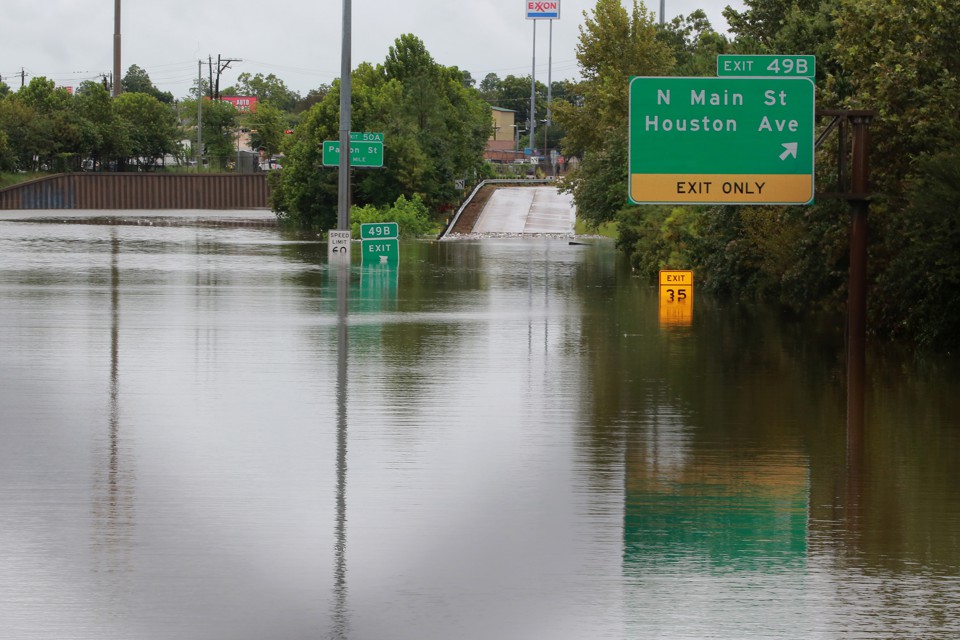Destiny Vires
Winnie Burris, 39, and Mitchell Armour, 43
Winnie Burris, 39, and Riley Burris, 13
THP: 4 dead 1 injured after crash on Hwy 411 in Loudon County
August 28, 2017
GREENBACK, TN (WATE) – According to a crash report released by the Tennessee Highway Patrol, 4 people are dead following a crash on Highway 411 in Loudon County.
The report says Darryl Kenneth Brewer, 34, of Maryville was driving a GMC van just after 7 Saturday night when he crossed over the yellow line and crashed head on into a Nissan Altima — killing Brewer, Destiny Vires, 13, of Benton, Winnie Lynn Burris, 39, of Old Fort, and Riley Burris, 13, of Old Fort. Mitchell Armour, 43, was injured in the crash.
Information about Armour’s condition has not been released.
No drugs or alcohol are believed to be factors in the crash.
Darryl Kenneth “Kenny” “Rooster” Brewer, Jr. was convicted in 2014 by a Blount County jury on two counts of gas station robbery. Later, the judge dismissed the charges against him.
=====
BENTON, Tenn. (WATE)- A phone call no parent or family, ever wants to get, that their child has been hurt.
“I so wish my baby came home, I wish she never got to go.” said Ruby Anne Miller.
Miller’s daughter, Destany Vires, 13, was one of four victims in a fatal crash on Highway 411 in Loudon County.
The report says Darryl K. Brewer, 34, of Maryville was driving a GMC van just after 7 p.m. Saturday when he crossed over the yellow line and crashed head on into a Nissan Altima. Brewer, Vires, Winnie Lynn Burris, 39, of Old Fort, and Riley Burris, 13, of Old Fort died in the crash. Mitchell Armour, 43, was injured in the crash.
“A little more time went by, we contacted the person’s mother that she was with. She said she couldn’t get a hold of her. Then I started to get kind of worried, I walked up the driveway to wait for her, just hoping. When I got back she said the family was from Polk County…” said Jacob Miller, Destiny’s step-father.
Destiny was on her way home, to Benton, after her first trip to Dollywood. Her mother, Ruby Anne, says her daughter was celebrating reaching advanced placement at school.
“As the Christian and love based person she was and how she loved to help everybody. She represented love. She’s all goodness. You could be having the worst day and she would brighten you up.” said Ruby Anne.
Her mother says Destiny wanted to go to Yale, become a lawyer, and then — President of the United States. She says she cherishes Destiny’s 5th Grade graduation photo.
Ruby Anne said, “She wanted everybody to go to heaven. I know that’s where my baby is. I know that, without a doubt.”
===============
Four people were killed when two cars collided on U.S. Highway 411 in Loudon County on Saturday, according to a Tennessee Highway Patrol report.
The crash occurred in Greenback near Cope Road at just after 7 p.m. Saturday. A GMC van driven by Darryl K. Brewer, 34, of Maryville, crossed from the northbound lane into the southbound lane and struck a Nissan Altima carrying four people head-on.
Brewer was ejected from the van, which continued off the road and into a field where it caught fire. He died at the scene. THP reports that he was not wearing a seatbelt.
Three passengers in the Nissan were killed in the collision.
Destiny Vires, 13, of Benton and Winnie L. Burris, 39, and Riley Burris, 13, both of Old Fort, Tenn., were killed when the car was struck by Brewer's van.
The trio were riding with driver Mitchell E. Armour, 43, of Lenoir City, who was injured in the crash.
According to THP, drugs and alcohol were not involved in the wreck.



















 Richard Carson / Reuters
Richard Carson / Reuters 













 A submerged car is seen on Interstate 610 North on Sunday in Houston as the city battles with tropical storm Harvey and resulting floods.
A submerged car is seen on Interstate 610 North on Sunday in Houston as the city battles with tropical storm Harvey and resulting floods. 




